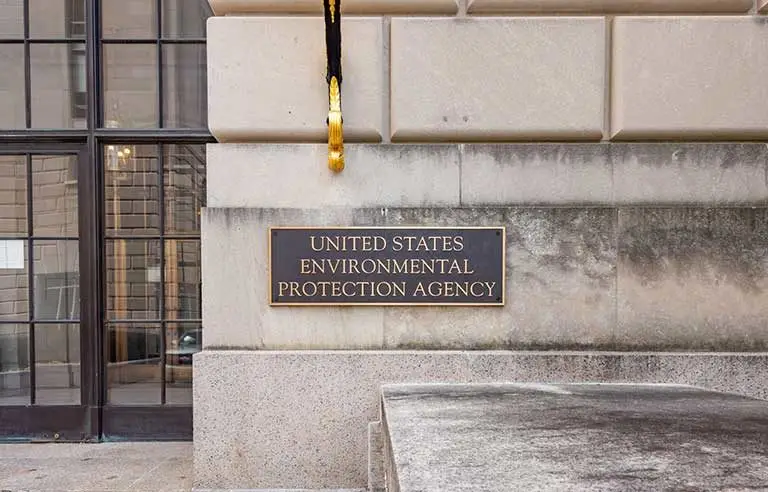
Photo: jimfeng/iStockphoto
Washington — Updates to Environmental Protection Agency reviews of new chemicals under the Toxic Substances Control Act will strengthen worker protections, an agency official says.
Michal Freedhoff, assistant administrator of the EPA Office of Chemical Safety and Pollution Prevention, discussed the changes during a June 26 conference focused on TSCA reform.
EPA is adding regulatory language requiring workers, contractors and their representatives to have access to manufacturers’ consent orders after the agency makes a risk determination on a new chemical. These orders include safety information and allow manufacturers to proceed “only under the terms of the order, to make sure that human health or the environment are protected,” Freedhoff said.
EPA will also require consent orders to include written hazard communication programs, labeling, Safety Data Sheets, and employee information and training.
“No one should have to go to work and worry about how the chemicals they use might affect their health,” Freedhoff said. “Knowledge is power; sure, it’s a cliché, but it’s a cliché because it’s true. Workers will be far better able to protect themselves if they’re empowered with knowledge and training. And for employers, this will help them continue to make worker safety their top priority.”
The TSCA, which was amended by the Frank R. Lautenberg Chemical Safety for the 21st Century Act, requires EPA to address chemical risks by proposing – within one year of a chemical review’s release – regulatory actions such as training, certification, restricted access and/or ban of commercial use, and then accept public comments on any proposals.
The Lautenberg Act was signed into law in June 2016. Freedhoff said TSCA reform especially “has come a long way” since 2021, helping the agency finalize separate bans on the carcinogenic substances asbestos and methylene chloride.
“Writing a rule to manage how a chemical is used is a big task,” Freedhoff said. “We take our statutory deadlines seriously, but we’re also serious about our obligations to write rules that protect people and support a robust economy. We have to consider all comments, including those from other federal agencies and other EPA programs, and account for what we’ve done in other TSCA rules.
“We’ve made huge strides to protect public health and improve the ways we evaluate the safety of chemicals. But challenges still remain, and how we handle those challenges will determine how effective TSCA is now and in the future.”
McCraren Compliance offers many opportunities in safety training to help circumvent accidents. Please take a moment to visit our calendar of classes to see what we can do to help your safety measures from training to consulting.
Original article published by Safety+Health an NSC publication


